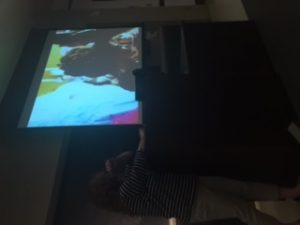

Communication professor Cara Finnegan talked about photojournalism in the case of the Syrian Refugee Crisis and other similar cases. One of the main themes she went over was commonplaces in the pictures. The first picture is of a Jordanian teenage girl who is getting ready for her wedding. This picture was one of the more unique ones out of the ones we looked at. However, the second picture was very similar to many of the other pictures that came up when we google image searched “syrian refugees”. Commonplaces in that subject in the photos included children, big groups of people, and people walking around outside with no shelter to return to.




 Panelists Lynn Sweet, Stephanie Craft, John Nerone, and Ann Heiser discuss the “War on Facts”. This includes everything from fake news to lying to straight up bullshit, as Ann Heiser called it. This picture is from when Stephanie was comparing the War on Facts to bringing a knife to a gunfight. Fighting back with facts means we are bringing something to the table, but it’s not going to be enough.
Panelists Lynn Sweet, Stephanie Craft, John Nerone, and Ann Heiser discuss the “War on Facts”. This includes everything from fake news to lying to straight up bullshit, as Ann Heiser called it. This picture is from when Stephanie was comparing the War on Facts to bringing a knife to a gunfight. Fighting back with facts means we are bringing something to the table, but it’s not going to be enough.